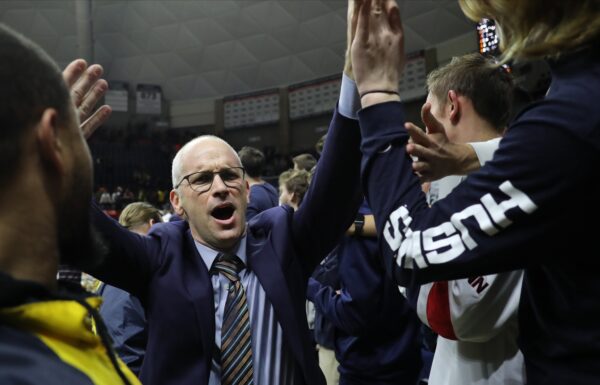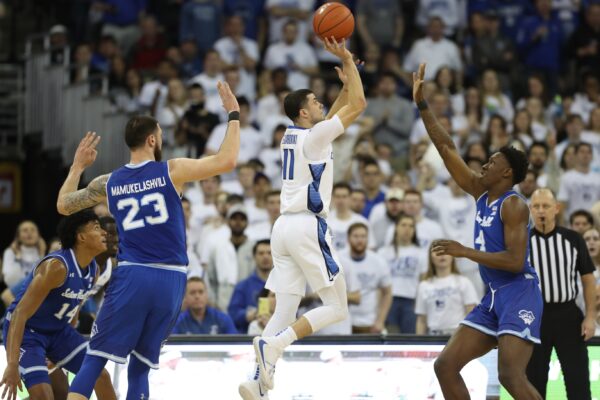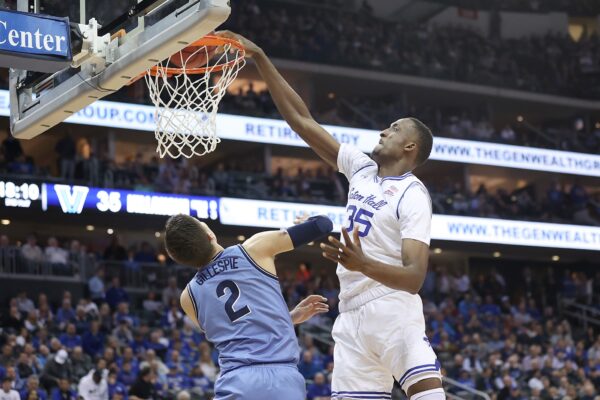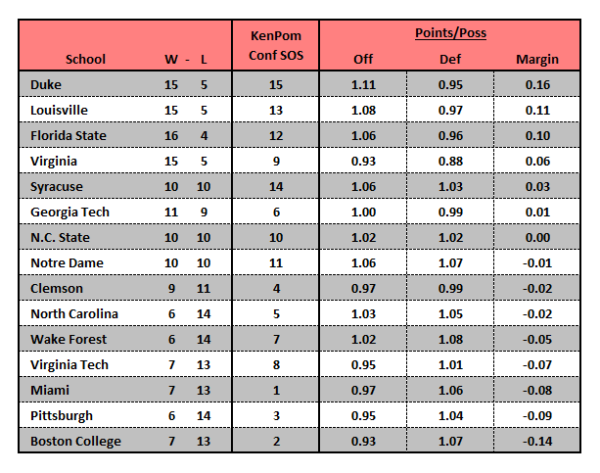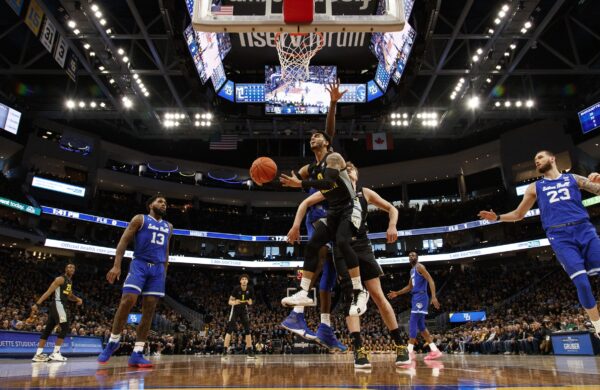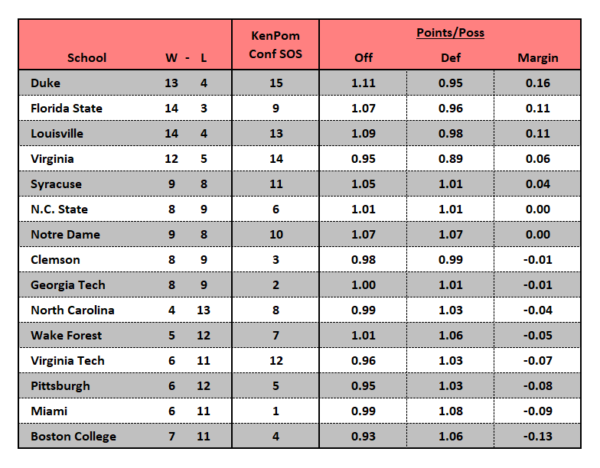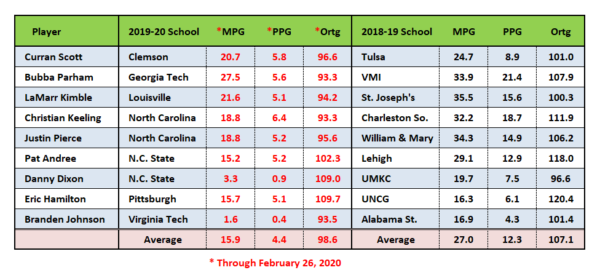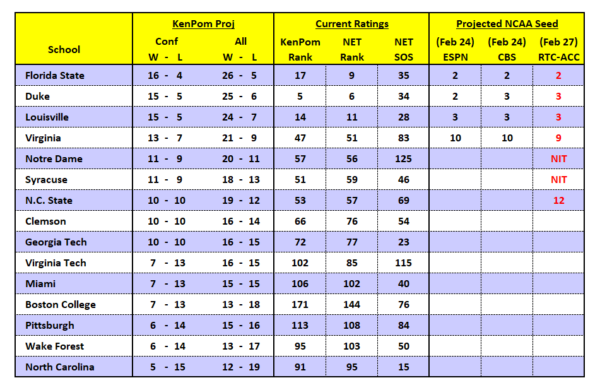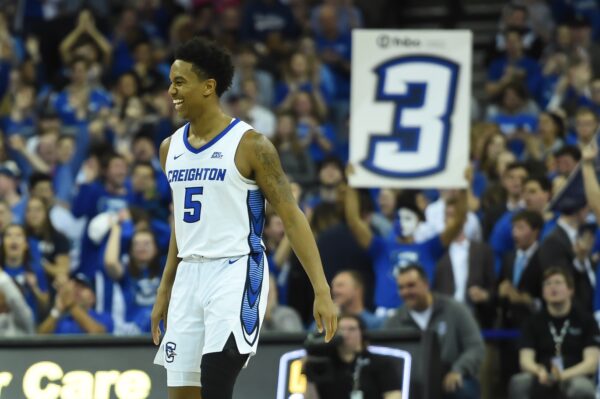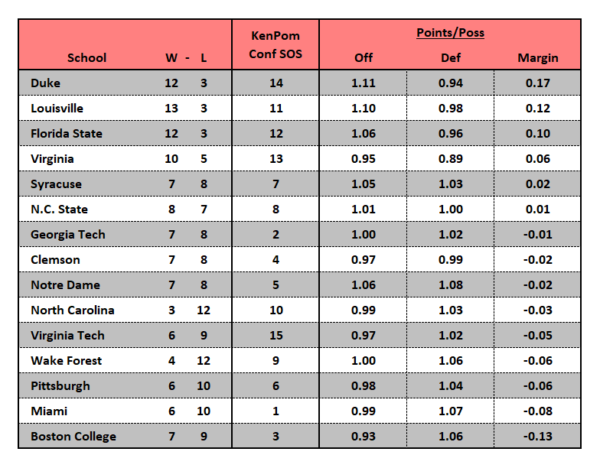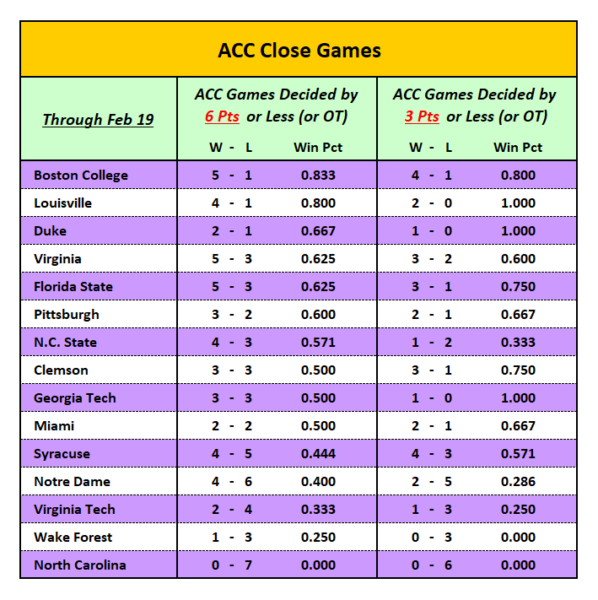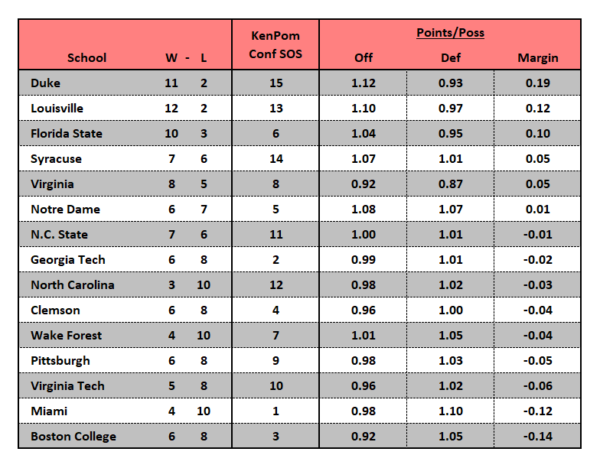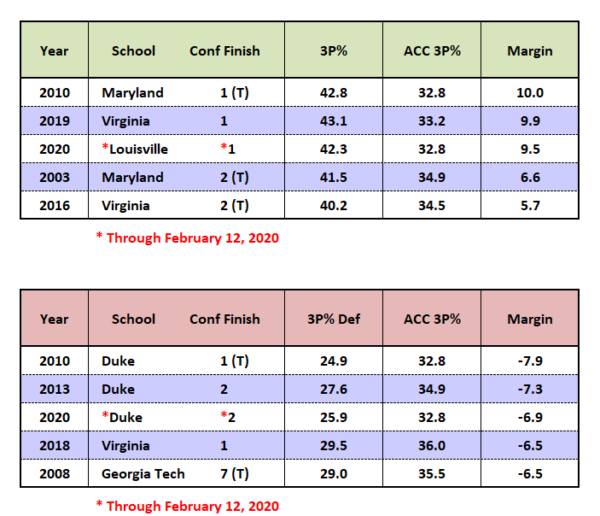Big East Key Questions: Part 2
Posted by Brad Cavallaro on November 25th, 2020Note that Part 1 of Big East Key Questions can be located here.
1. Does Villanova belong in the conversation as a national title contender?
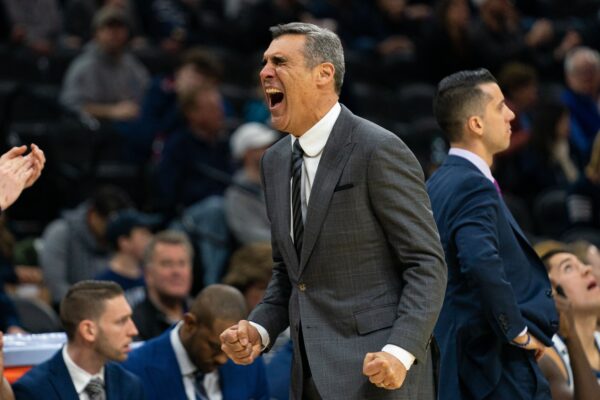
Villanova absolutely belongs in the conversation as a national title contender, somewhere in the top tier with Baylor, Kansas and Gonzaga. Despite losing Saddiq Bey to the Detroit Pistons, the Wildcats return four other starters including two potential All-Americans in Collin Gillespie and Jeremiah Robinson-Earl. Gillespie took an enormous leap as a junior by improving his playmaking ability to go along with his reliable long range shooting. Robinson-Earl is a perfect modern center who can defend, rebound and use his quickness to attack the basket. An improved shooting stroke will make him an NBA First Round pick.
However, it is Villanova’s supporting cast that elevates it to the top. Scoring combo guard Justin Moore is due for a major breakthrough after a strong freshman season, and Jermaine Samuels is a forgotten man nationally despite his senior experience, defensive versatility, and double figure scoring at the power forward position. Even with Bryan Antoine currently sidelined, the remainder of the team has a unique mix of upside and experience. Daniels (Tulane transfer scoring guard), Brandon Slater (lockdown defender), and Cole Swider (shooter) could all emerge based on promising flashes, while backup center Dhamir Cosby-Roundtree has played meaningful minutes throughout his career. This mix of high-end talent, experience, and intriguing wildcards has Wildcats fans rightfully excited for the start of the 2020-21 season.
2. Can Providence carry over their hot finish into this season?
I’m buying Providence stock this year. David Duke is a star-caliber player that people outside the Big East seem to foolishly overlook. The Friars’ defense should remain at a high level with a Duke/Jared Bynum backcourt and a deep and experienced frontcourt, and the transfers seem to fit in seamlessly with the existing roster. Noah Horchler provides an inside-out threat, Bynum has a facilitating point guard, Brycen Goodine as a three-and-D rotation guard, and Ed Croswell as a physical presence. Ultimately it will be AJ Reeves and Nate Watson who determine Providence’s fate, though. Both had slightly disappointing seasons last year as Ed Cooley leaned on defensive-minded seniors Maliek White and Kalif Young as the year progressed. They need to be double-figure scorers who play serviceable defense which would allow Providence to utilize Reeves’ shooting and Watson’s post scoring to their full extent. The Friars have Top 25 upside and will likely return to the NCAA Tournament.
Read the rest of this entry »




























